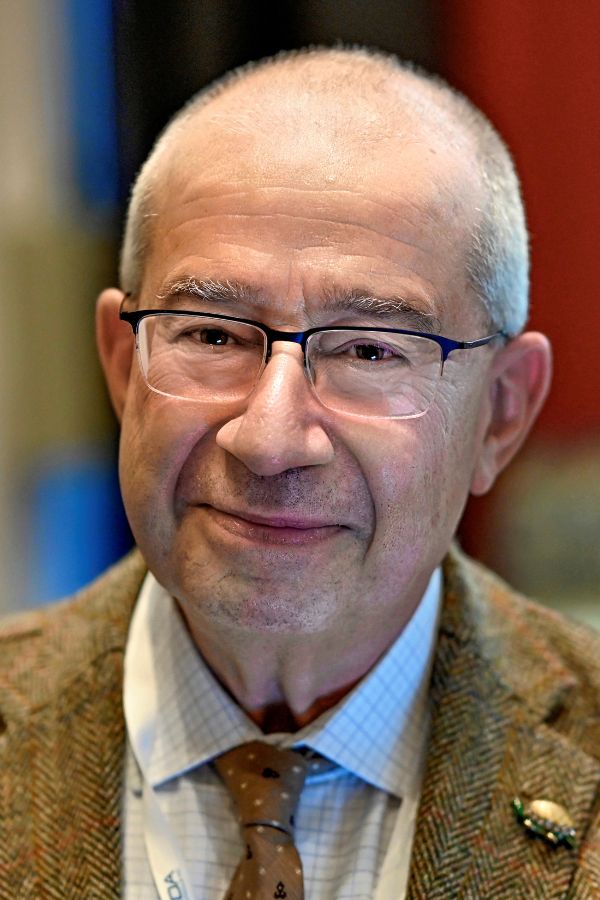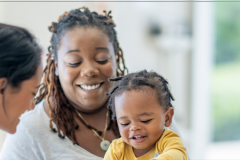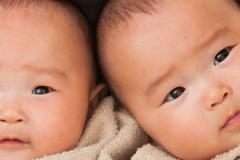
It is well known that iron is essential for carrying oxygen in the blood. However, it also plays a key role in some processes in the central nervous system (brain and spinal cord), including the synthesis of neurotransmitters — chemicals that allow nerve cells to communicate with each other and can impact an individual’s behaviour. Children with sleep-wake disorders often experience restlessness and hyper-arousability, which leads to non-restorative sleep. “A full investigation of what is causing these symptoms is required, otherwise they may be addressed but the cause remains untreated,” says Dr. Osman Ipsiroglu, an investigator at BC Children’s Hospital Research Institute (BCCHR) and clinical associate professor in the Department of Pediatrics at the University of British Columbia.
A recent study led by Dr. Ipsiroglu and published in Nutrients found evidence that sleep-wake behaviours are characteristics associated with attention-deficit/hyperactivity disorder (ADHD) and autism. Additionally, a family history of iron deficiency (ID) increases the risk of sleep-wake disorders. These findings highlight the need to combine comprehensive blood work and family history to identify iron status in patients presenting restlessness. “It’s not all about iron, but it’s a strong risk factor for restlessness in anyone, particularly someone with ADHD or autism,” Dr. Ipsiroglu says. “When they learn about ID’s connection to these conditions, families express extreme relief because supplementation is an accessible treatment.”
Currently, there’s no standardized assessment of ID linked to sleep-wake disorders, so iron supplementation is not usually considered a treatment option. In the Sleep/Wake-Behaviour Clinic at BC Children’s Hospital, researchers listened to patients’ stories and observed their behaviours 24/7. Their sleep problems were associated with restless legs syndrome (RLS) — a neurological condition that causes an urge to move the legs. “When they move, the discomfort stops, and when they rest, the discomfort increases, but children have difficulty describing this clearly,” says Dr. Ipsiroglu, who has a background in developmental pediatrics, pediatric neurology, and sleep medicine.
“RLS is a familial condition, so our sleep assessments also helped parents understand that their children were not exhibiting these behaviours on purpose.”
The research team looked closely at blood test results from the 199 children in the study. They found that 94 per cent of them showed signs of ID of the central nervous system and, of those, nearly half of the patients with ID had a family history of it. This type of ID is not related to anemia and doesn’t necessarily affect a patient’s hemoglobin and hematocrit levels. “The ID of the central nervous system can impact motor activity, which explains all the limb movements during sleep,” Dr. Ipsiroglu says. “An assessment is important because patients can also have an ID that is not associated with restless behaviours.”
When children or adolescents visit the Sleep/Wake-Behaviour Clinic for an assessment, Dr. Ipsiroglu checks how alert they are compared to how tired they feel. The purpose is to identify their movement patterns and if their ability to function normally has been affected. “My patients are their own baseline and are not evaluated in comparison with anyone else, so I discuss everything with them and their families instead of coming in with a checklist,” he says. One surprising finding from the study was that grandparents were often the family members who recognized the patients as sleep-deprived. “Parents who see their children every day will often focus on more obvious changes in behaviours while grandparents who don’t see the children as often will say, ‘this child looks tired.’”

Once alertness is assessed, it’s time to investigate restlessness. If restlessness has become a core feature of the patient’s daily life, the recommendation is to follow up with comprehensive blood work. The clinicians review iron status and explore potential abnormalities, such as thyroid issues, vitamin D deficiency, and inflammation. “If there are problems that can be treated, we treat those first, and if the child is iron-deficient, we give them supplementation,” says Dr. Ipsiroglu. In the study, they also found that kids with sleep-disordered breathing have lower iron levels. “Though further research is needed, we hypothesize that sleep-disordered breathing causes inflammation that affects iron homeostasis — the body’s ability to maintain an adequate amount of iron.”
A key finding from Dr. Ipsiroglu’s study is the understanding that comprehensive blood work and inflammatory markers — blood tests to detect inflammation in the body — represent personalized care, instead of a one-size-fits-all treatment. “There aren’t many health-care professionals requesting blood work in all their assessments, but we do, given the role of iron and the fact that this problem can be treated,” Dr. Ipsiroglu says. The research team is working to develop a structured step-by-step approach to sleep disorders that starts at the community level by providing information to parents. “If their child is a restless sleeper and has restless behaviours, they need to ask their doctors to do comprehensive blood work.”
The research team also reviewed 58 different clinical guidelines around ID, and concluded that many of them reveal important gaps in knowledge. They are working towards creating a national consensus and helping develop international recommendations. “The World Health Organization needs to change its understanding and definitions of ID because we now know that there’s restlessness-related ID of the central nervous system,” says Dr. Ipsiroglu, pointing out that though there’s not much research in this area, there’s already enough evidence.
“If we need even more evidence, we can review clinical practice guidelines, implement something new, and assess outcomes.”
In BC, the guidelines suggest reviewing restlessness as a clinical concept. From Dr. Ipsiroglu’s perspective, the next step should involve a quality improvement project that reports on the benefits of the current clinical practice. Instead of large randomized trials, he suggests single-end studies. “We’ve been creating global alliances, and an international group is also proposing the creation of a structure for single-end studies that can become a learning system,” he says. “Restorative sleep is essential to promote mental and physical health, so our research group is committed to finding a solution that will help improve the quality of life of so many children.”




